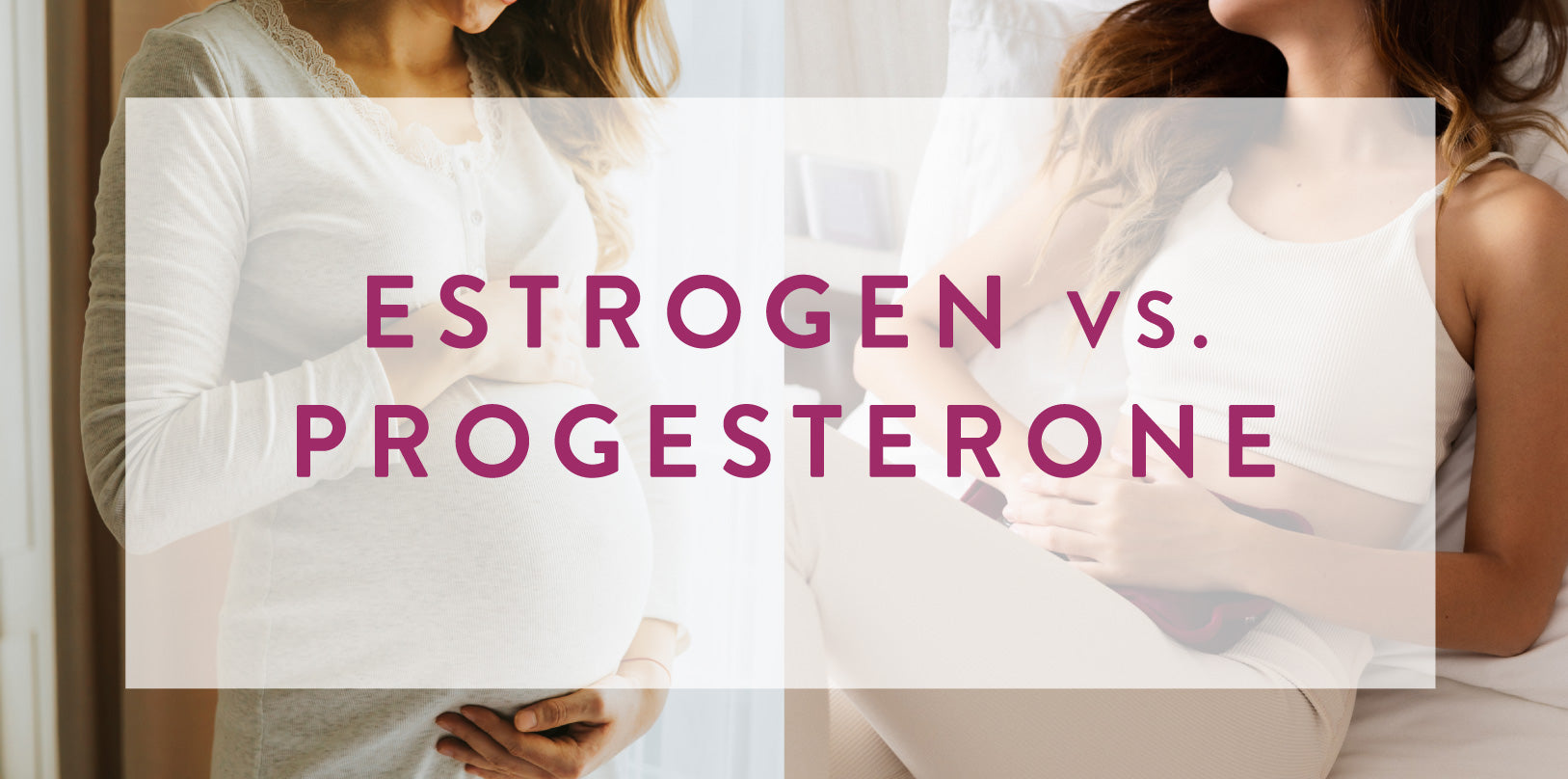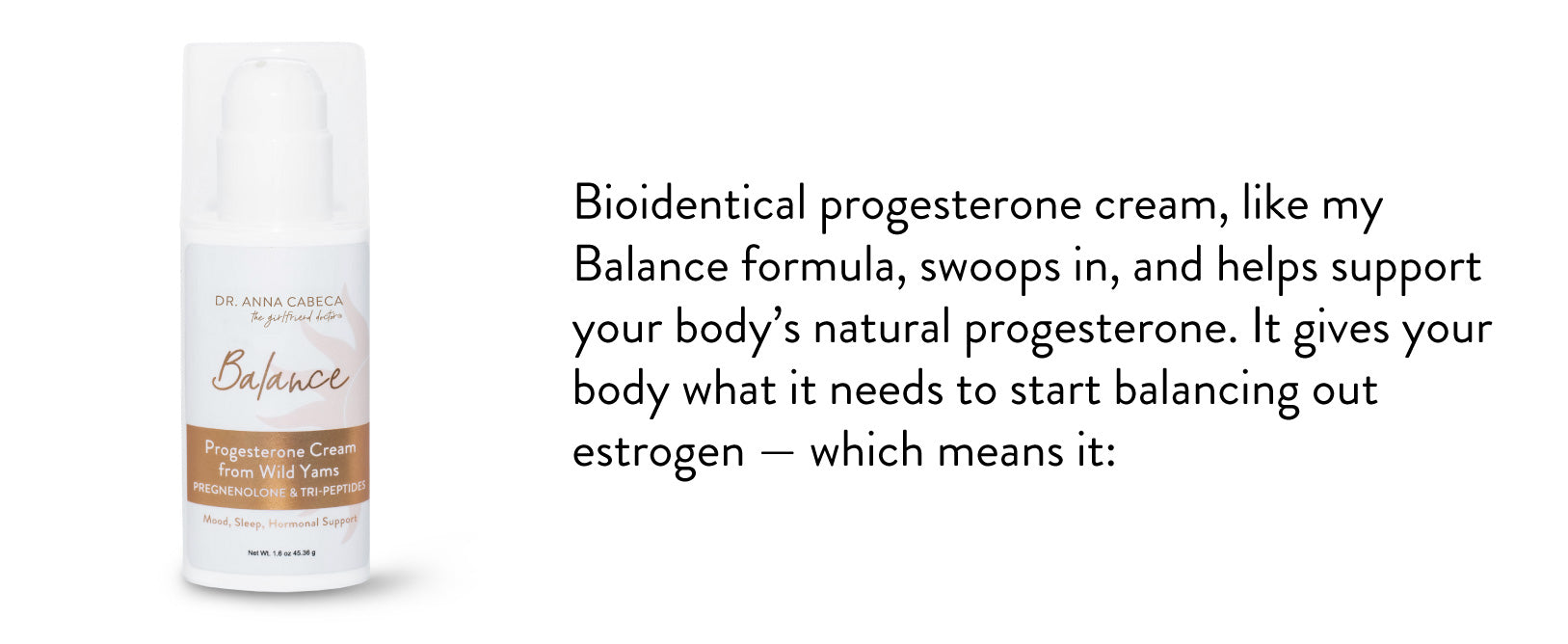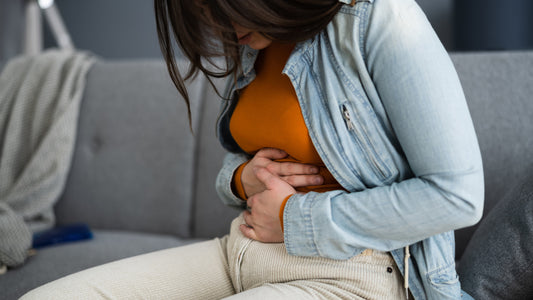The signs of hormonal imbalance can be tricky to spot for some, and glaringly obvious for others. Things can get even more complicated because often, the signs of hormone imbalance can mimic dozens of other conditions. Which means things get dismissed, or misdiagnosed. Many women, especially younger women, don’t realize that their hormones and lack of hormone balance are what’s causing their uncomfortable symptoms…and they spend years struggling before they find answers.
I’d like to shorten that time frame for you significantly.
In this article, I’m going to walk you through what hormone imbalance is, what causes it, and most importantly, how to get things back into balance.

First off, we have to talk about what hormone imbalance is. And also validate your concerns. Because some people will say things like “hormone imbalance isn’t real.”
But I can assure you, after treating tens of thousands of women as an OBGYN, hormone imbalance is most certainly real, and it can cause you to feel horrible, especially if you’re in perimenopause, menopause, or you’re post-menopausal.
That said, several pairs of hormones balance each other out in the body.
But for the purposes of this article, we’re going to be talking about the two hormones that cause women the most trouble in menopause:
Estrogen and progesterone.

When things are going well, and your hormones are behaving as they should, estrogen and progesterone oppose each other quite nicely.
Estrogen is extremely important for so many reasons. It regulates your menstrual cycle and sex drive, sure. But it’s also a key player for your heart, bones, skin, hair, muscles, and more.
Progesterone is also critical for your body in many ways — yes, it’s a crucial part of your cycle, too, and it’s a major player in early pregnancy. But progesterone also calms down your nervous system.
And progesterone also helps to oppose estrogen’s sometimes overwhelming influence on the body.
What Causes Imbalanced Hormones?
Here’s where it all goes wrong.
Starting in your 30s, progesterone levels start to decline rapidly. Think of a sharp drop on a rollercoaster.
About the same time, estrogen levels start to decline too, but they move in more of an erratic fashion as they fall. Think of a zig-zag line on a chart.
That’s when the problems start. Because your progesterone levels are on such a downward spiral, they just can’t keep up with the estrogen your body’s producing, especially when the estrogen is on the high end of that zig-zag pattern.
This is a situation we refer to as “estrogen dominance” or “excess estrogen.” It sounds like a misnomer because your estrogen levels are often low at this point, too…but it’s just that your estrogen isn’t *as* low as your progesterone.
When you have this low estrogen and low progesterone situation — that is when you will start to feel the signs of hormonal imbalance.
What Does A Hormone Imbalance Feel Like?
When your hormones are imbalanced and your estrogen is outpacing your progesterone, things can feel mighty uncomfortable.

Sometimes, when estrogen goes unchecked for too long, other, more serious symptoms and conditions can develop.
Things like:
- Cancer
- Fibroids
- Gallstones
- Endometriosis
- Very heavy periods
Advocating For Yourself When You Have Hormone Imbalance
That’s why it’s important to make sure you don’t dismiss these symptoms of hormone imbalance too quickly. You or your doctor may be tempted to dismiss these symptoms as part of another condition or think that these symptoms are unrelated to your hormones. But if you’ve got one or more of the symptoms on this list, I’d encourage you to dig a little deeper into your hormone situation with the help of your physician.
My philosophy has always been that for many women, things like anxiety and depression are not a final diagnosis. They are symptoms of something else, and sometimes that’s an underlying hormone imbalance. I’ve found many times that addressing my patient’s hormones allowed us to avoid antidepressants or anti-anxiety medications altogether.
It’s important to note that not everyone experiences severe symptoms of hormone imbalance, especially at first. Some women may have difficulty sleeping a couple of times a month, and just chalk it up to insomnia or stress. Others might find their energy lagging in the afternoon — and assume it’s just because they’re tired from their heavy workload.
Only you know what your normal, baseline health feels like. And if something is off, even just a little bit, don’t just ignore it and keep powering through. Stand up for yourself and your quality of life, no matter what stage of life you’re in.
How To Stop Hormonal Imbalance
As an OBGYN, my secret weapon for helping get your estrogen and progesterone balanced out is topical bioidentical progesterone cream.
When you put progesterone cream on your skin, it helps get progesterone into the body rather quickly…and gets things feeling much more balanced.





For many women, bioidentical progesterone is the key to successfully achieving hormone balance that takes you all the way into menopause.
Is Progesterone Safe?
It’s extremely important to clarify here: I’m talking about bioidentical progesterone, which is the same as your own body makes on a molecular level. I’m not talking about progestin, which is a chemical often prescribed to women that I do not recommend. Many, many, medical professionals use the terms “progesterone” and “progestin” interchangeably, but they are not, in fact, the same thing!
You may have heard someone talk about the dangers of progesterone but what they are really talking about is progestin.
Bioidentical progesterone is made from wild yams. It is a natural way to support your body and does not come with the risks progestin does.
Finding Hormone Balance
While you can’t stop menopause from coming, you can find relief from so many of its inconveniences when you keep your progesterone levels up.
My personal cheat code?
This “dream cream” includes bioidentical progesterone made from wild yams, and it also includes pregnenolone, which is a hormone your body uses to make more sex hormones. So it’s an invaluable tool in your menopause toolkit.
Learn more about Balance and how it can help you conquer hormone balance, whether you’re still cycling or not HERE.





